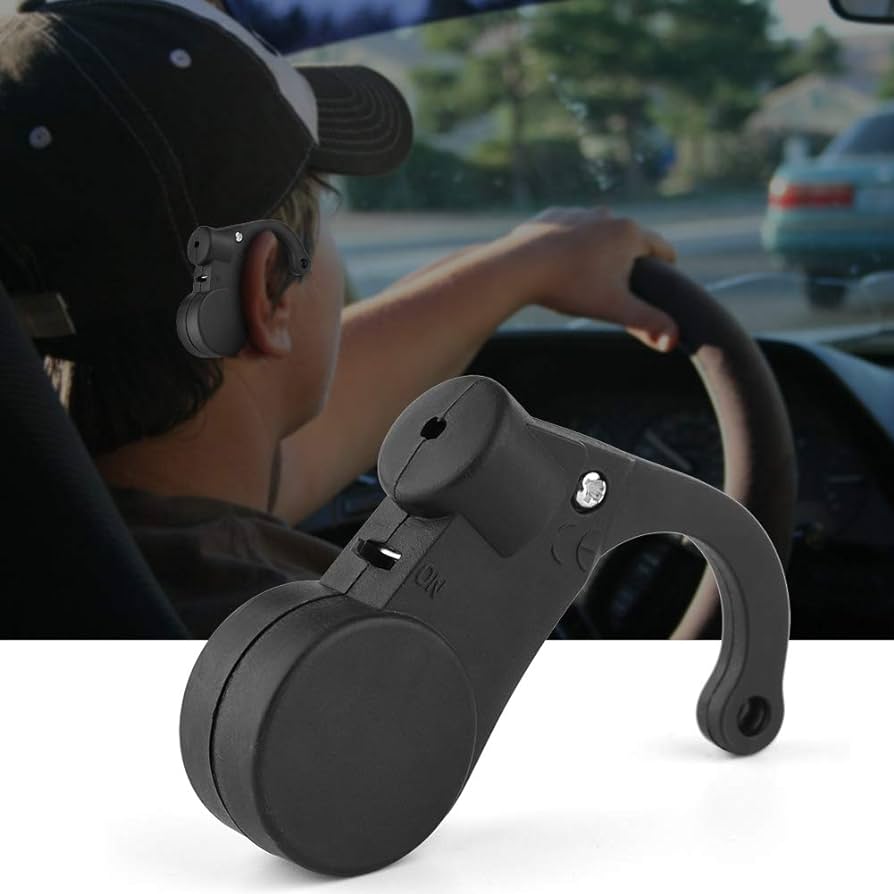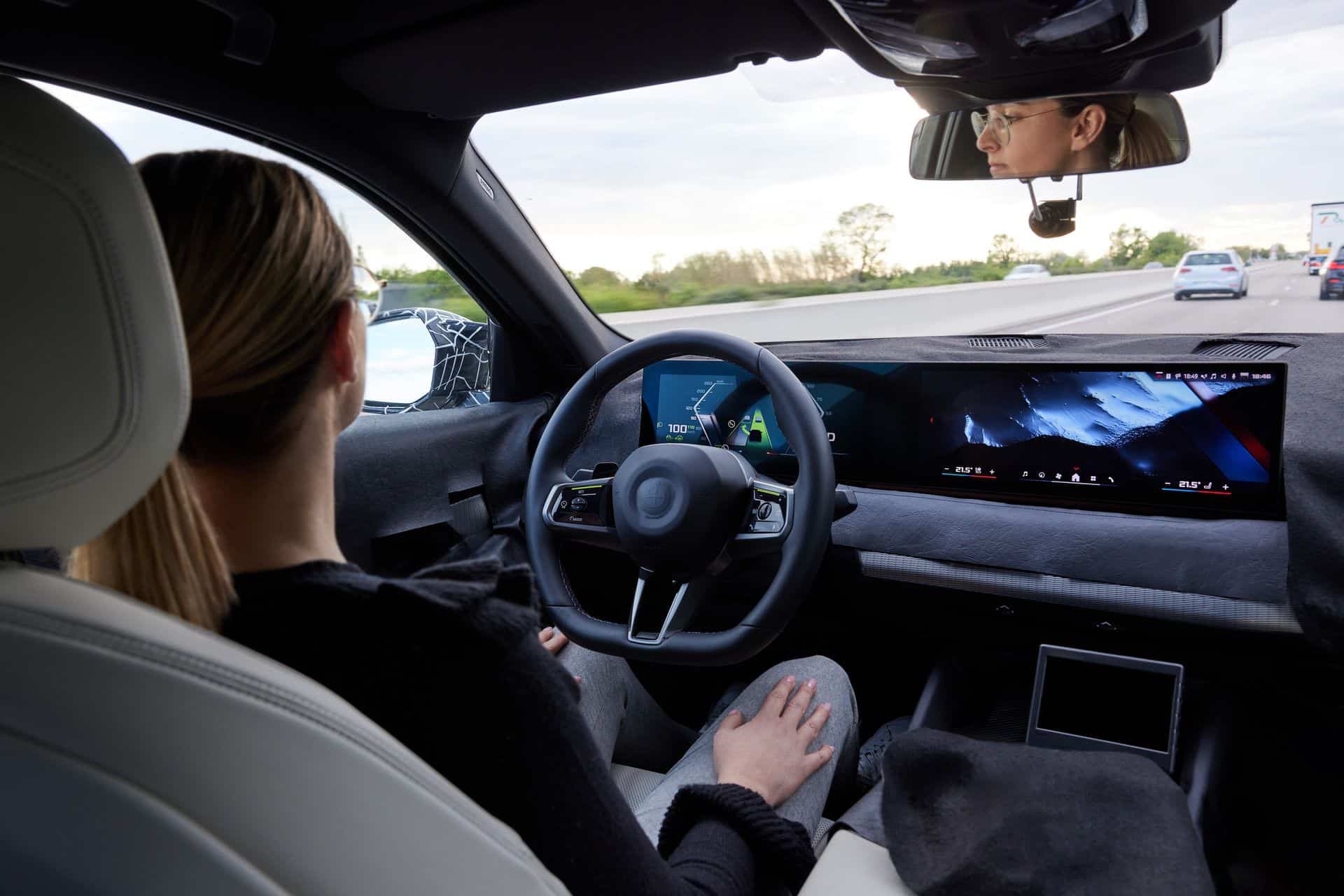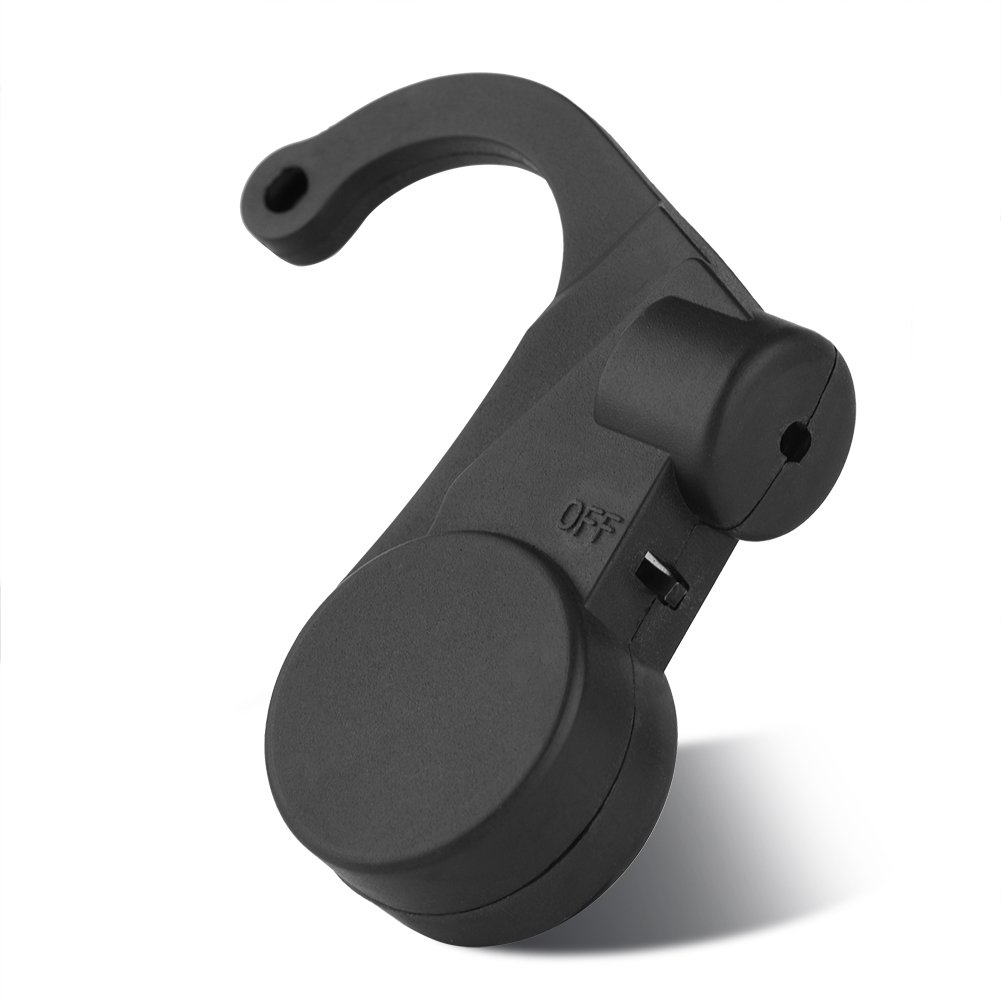
Introduction
In today’s fast-paced world, navigating the roads can be a complex and demanding task. Distractions abound, from the allure of smartphones to the demands of multitasking, making it challenging to maintain focus on the road ahead. This is where driving safe assistants step in, offering a technological lifeline to enhance safety and promote a more mindful driving experience.

Features of a Driving Safe Assistant
Driving safe assistants are a diverse group of technologies that share a common goal: to assist drivers in maintaining awareness, reducing distractions, and navigating safely. These devices typically incorporate a range of features that work together to create a comprehensive safety net for drivers.
-
Voice Recognition for Hands-Free Interaction: Voice recognition allows drivers to interact with their devices without taking their hands off the wheel, minimizing distractions and enabling seamless control of various functions.
-
Real-Time Traffic Updates and Navigation: Stay ahead of traffic congestion and find the best routes with real-time traffic updates and navigation features. These features help drivers plan their journeys effectively, avoid delays, and reach their destinations efficiently.
-
Distracted Driving Detection and Prevention: Driving safe assistants can detect signs of distracted driving, such as phone use or excessive lane deviation. They may provide audible alerts or visual warnings to prompt drivers to refocus on the road.
-
Vehicle Diagnostics and Maintenance Alerts: Stay informed about your vehicle’s health with vehicle diagnostics and maintenance alerts. These features can monitor tire pressure, engine performance, and other critical systems, alerting drivers to potential issues and helping prevent breakdowns.
-
Emergency Assistance and SOS Features: In case of an emergency, driving safe assistants can provide immediate assistance. SOS features can connect drivers to emergency services, while roadside assistance can help locate and dispatch tow trucks or repair services.

Benefits of Using a Driving Safe Assistant
The benefits of using a driving safe assistant extend far beyond the convenience of hands-free calling or real-time traffic updates. These devices play a crucial role in promoting road safety and enhancing the overall driving experience.
-
Reduced Risk of Accidents: By minimizing distractions, providing real-time traffic information, and alerting drivers to potential hazards, driving safe assistants can significantly reduce the risk of accidents.
-
Enhanced Driving Focus and Situational Awareness: With the assistance of a driving safe assistant, drivers can maintain a higher level of focus on the road, reducing the likelihood of dangerous lapses in attention.
-
Improved Navigation and Route Planning: Real-time traffic updates and advanced navigation features help drivers find the best routes, avoid congestion, and reach their destinations on time.
-
Proactive Maintenance and Vehicle Care: Vehicle diagnostics and maintenance alerts help drivers stay informed about their vehicle’s condition, preventing breakdowns and ensuring optimal performance.
-
Peace of Mind and Increased Safety: Knowing that a driving safe assistant is providing support and monitoring for potential issues can bring peace of mind and contribute to a more relaxed and confident driving experience.

Types of Driving Safe Assistants
Driving safe assistants come in various forms, each offering its own set of features and benefits. The most common types include:
-
Smartphone-Based Apps: These apps utilize the smartphone’s built-in capabilities, such as GPS, voice recognition, and internet connectivity, to provide navigation, hands-free calling, and limited safety features.
-
Dedicated In-Vehicle Devices: These standalone devices are installed in the vehicle and offer a wider range of features, including advanced navigation, vehicle diagnostics, and more comprehensive safety features.
-
Advanced Driver-Assistance Systems (ADAS): These sophisticated systems are integrated into the vehicle’s electronics and provide a high level of automation, including lane departure warning, adaptive cruise control, and collision avoidance features.
Selecting the Right Driving Safe Assistant for Your Needs
With the abundance of options available, choosing the right driving safe assistant can be a daunting task. Consider the following factors to make an informed decision:
-
Compatibility with Your Vehicle: Ensure the device is compatible with your vehicle’s make, model, and year.
-
Ease of Use and User Interface: Choose a device with an intuitive and easy-to-navigate interface that minimizes distractions while driving.
-
Feature Set and Functionality: Prioritize features that align with your driving needs, such as navigation, hands-free calling, or advanced safety features.
-
Price and Value for Money: Compare prices and features to find a device that offers the best value for your budget.
-
User Reviews and Recommendations: Read reviews and seek recommendations from friends, family, or online forums to gain insights into user experiences.

Setting Up and Using Your Driving Safe Assistant
Once you’ve selected your driving safe assistant, it’s time to set it up and familiarize yourself with its features.
- Connecting the Device to Your Vehicle: Follow the manufacturer’s instructions to connect the device to your vehicle, ensuring proper pairing and functionality.
-
Customizing Settings and Preferences: Many devices allow for customizing settings like voice recognition preferences, navigation profiles, and alert sounds.
-
Familiarizing Yourself with the Features: Take some time to explore the various features and functions of your driving safe assistant. Practice using voice commands and exploring the interface in a safe, non-driving environment.
-
Integrating Voice Commands into Your Driving Routine: Familiarize yourself with voice commands for commonly used functions like making calls, changing music, or accessing navigation. Voice commands can significantly reduce the need to take your eyes off the road.
Utilizing the Driving Safe Assistant for Everyday Driving
Driving safe assistants become valuable companions during daily commutes and long road trips. Here are some ways to utilize them for a smoother and safer driving experience:
-
Hands-Free Calling and Texting: Stay connected with loved ones without taking your hands off the wheel. Use voice commands to initiate calls, listen to incoming messages, and even dictate replies.
-
Real-Time Traffic Updates and Route Guidance: Avoid traffic jams and arrive on time with real-time traffic updates and navigation features. Many devices offer alternative routes in case of congestion, helping you plan your journey efficiently.
-
Voice-Activated Music and Entertainment: Enhance your driving experience with voice-activated music and entertainment control. Access your favorite playlists, podcasts, or audiobooks without manually searching through menus.
-
Vehicle Diagnostics and Maintenance Reminders: Stay informed about your vehicle’s health with vehicle diagnostics and maintenance reminders. These features can alert you to potential issues like low tire pressure or upcoming service intervals, allowing you to address them proactively.
Leveraging the Driving Safe Assistant for Enhanced Safety
Beyond everyday convenience, driving safe assistants play a crucial role in promoting road safety.
-
Distracted Driving Detection and Alerts: Additionally, you can be warned about potential distractions. Some assistants can detect phone use, drowsiness, or excessive lane deviation, prompting you to refocus on the road.
Lane Departure Warning and Prevention: Moreover, advanced systems can detect unintentional lane departure and issue warnings or even provide gentle steering corrective actions to keep you within your lane.
-
Adaptive Cruise Control and Collision Avoidance: These features automate aspects of driving, maintaining a safe distance from the vehicle ahead and potentially applying brakes if a collision is imminent. However, it’s crucial to remain attentive as these systems are not foolproof.
-
Emergency Assistance and SOS Features: In case of an emergency, use SOS features to connect with emergency services or roadside assistance. These features can provide crucial help during critical situations.
Maintaining and Updating Your Driving Safe Assistant
To ensure optimal performance, maintain and update your driving safe assistant regularly.
-
Software Updates and Bug Fixes: First and foremost, keep your device’s software up to date with the latest bug fixes and security patches. This improves stability and ensures access to new features.
Map Updates and Traffic Data Refresh: Additionally, outdated maps and traffic data can lead to inaccurate navigation and route suggestions. Therefore, regularly update maps and traffic data to stay informed about road changes and traffic patterns.
Voice Recognition Training and Calibration: In addition, some devices allow you to train the voice recognition system to recognize your voice better. This can enhance the accuracy of voice commands and minimize misinterpretations.
-
Hardware Maintenance and Troubleshooting: Follow the manufacturer’s instructions for routine maintenance, such as cleaning the device’s screen or microphone. In case of malfunctions, refer to the user manual or seek help from customer support.
The Future of Driving Safe Assistants
Driving safe assistants are constantly evolving, becoming more sophisticated and integrated with vehicle technologies. Here’s a glimpse into what the future holds:
- Integration with Advanced Vehicle Technologies: Furthermore, expect seamless integration with advanced driver-assistance systems, offering a more automated and safer driving experience.Personalized Driving Insights and Recommendations: In addition, driving data collected by the assistant can be used to provide personalized insights into driving habits, suggesting areas for improvement and promoting defensive driving techniques.
Autonomous Driving Capabilities and Safety Enhancements: As technology advances, driving safe assistants may play a crucial role in enabling autonomous driving functionalities, ultimately contributing to a safer and more efficient transportation system.
Conclusion
Driving safe assistants are not just technological bells and whistles; they are valuable tools that promote road safety, enhance your driving experience, and provide peace of mind. By embracing these technologies and utilizing their features responsibly, we can collectively contribute to creating a safer driving environment for all. As technology continues to evolve, driving safe assistants will undoubtedly become more advanced, paving the way for a future where driving is not just a necessity, but a safe and enjoyable experience.
-

Leave a Reply